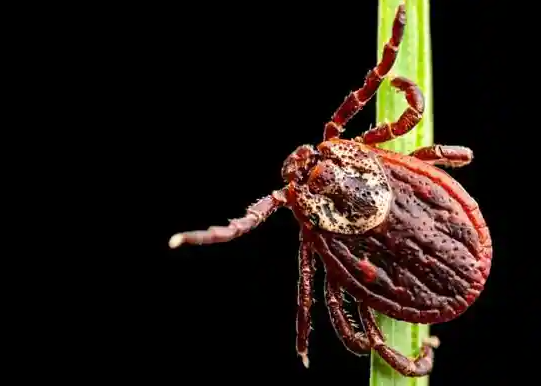Fatalities Reported in Karnataka’s Kyasanur Forest Disease Outbreak
The Shimoga district of Karnataka state in India reported two deaths in 2024 due to Kyasanur Forest Disease (KFD) – a viral hemorrhagic fever with a high fatality rate. With origins traced to Kyasanur forest, it is a re-emerging health risk.
History and Background
- Caused by Kyasanur Forest Disease Virus (KFDV), an orthopox variant like monkeypox.
- Identified in 1957 in sick monkeys from Karnataka’s Kyasanur Forest. Regarded as first Zoonotic isolation of a Biosafety Level 4 pathogen.
- Outbreaks documented since 1958 with 500+ confirmed deaths so far. Peaks in winter-to-summer seasons.
Transmission Dynamics
- Natural hosts seem rodents and small mammals. Hard ticks like Haemaphysalis spinigera likely vectors.
- Humans contract infection from ticks residing on infected animals or their carcasses. Documented occupational hazard in forested areas.
Clinical Features
- Sudden chills, frontal headache and high fever up to 102-105 degrees Fahrenheit.
- Severe episodes include hemorrhages, altered consciousness, neurological issues etc. Case fatality rates around 3-10%.
- Confirmatory diagnosis via polymerase chain reaction (PCR) assay or virus isolation.
Management
- No definitive antivirals or vaccines currently approved. Supportive treatment provided.
- ICMR developing indigenous vaccines. Potential role of prototype orthopox prophylactics.
- Vector control using repellants crucial currently in mitigating outbreak severity.
With ecological disruptions expanding tick habitats, KFD’s episodic resurgences underscore risks of infectious ‘spill over’ from forests. Advancing diagnostic, therapeutic and immunization capabilities coupled with health policies for affected communities’ welfare is vital now for long-term containment.
Category: Environment Current Affairs







